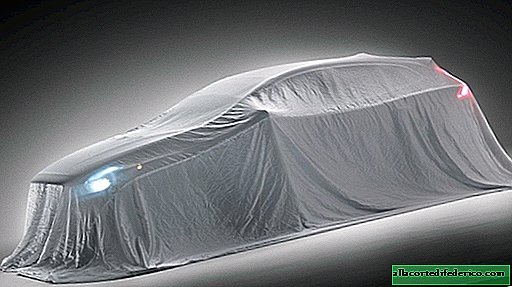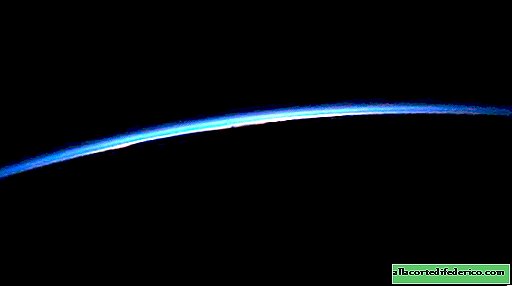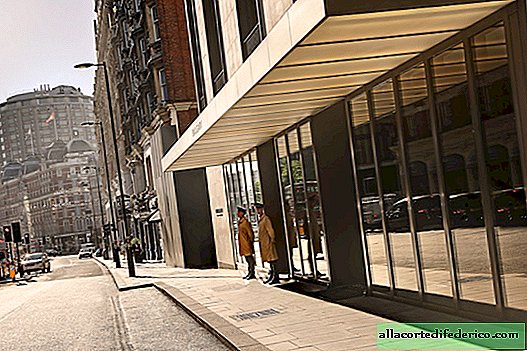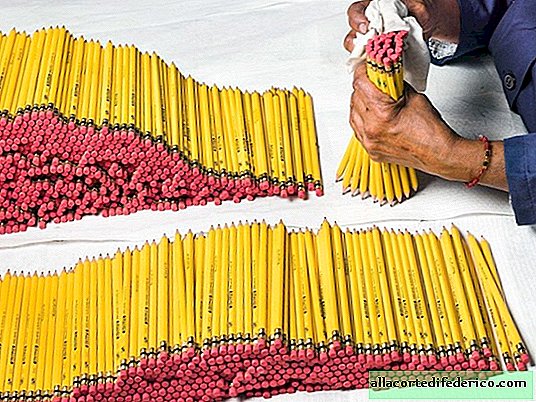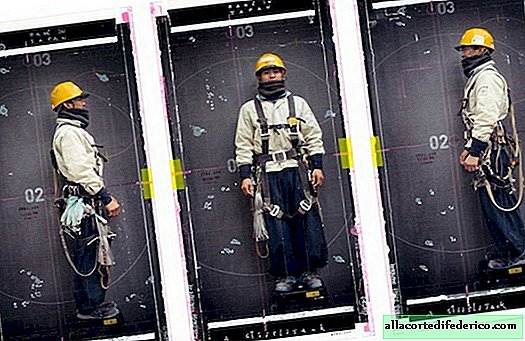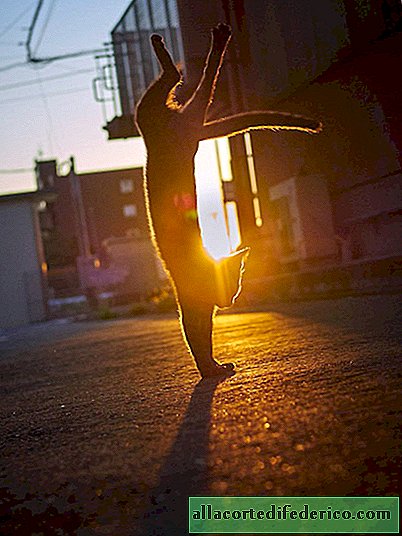Residential modules, roads and a spaceport: on the moon everything will be built from local soil
The leading space powers of the world intend to settle on the moon in the next decade. To conquer our satellite and the successful functioning of the lunar base, it is necessary not only to land there, but also to survive in lunar conditions. It is not very practical to deliver building material for the construction of residential modules and related infrastructure facilities from the Earth, so many experts are developing technologies for the production of building materials from lunar soil. Using the appropriate equipment, it will be possible to create building materials right on the spot, constructing not only the residential modules of the station, but also other necessary facilities.

German experts are currently working on the MOONRISE program, which includes the use of laser printing to erect objects on the moon. Synthetic moon dust, the chemical composition of which is as close as possible to the original, acts as the starting building material for the tested laser equipment.
It was the moon dust that American astronauts called the main obstacle to further exploration of the moon. In their memoirs, they wrote that this dust penetrates everywhere, even spacesuits and hermetic hatches are not an obstacle for her. But the participants in the new project decided to turn the problem into an advantage. After all, moon dust, or regolith, is a suitable building material, the reserves of which are unlimited.

Laser technology involves the melting of lunar soil and the subsequent formation of building blocks of the desired shapes and sizes from it. Prototypes have already been obtained and submitted for discussion. But here's how to solve the problem of the laser printer working in real lunar conditions, because laboratory conditions and the real surface of the moon are two big differences.
Just in order to check the actual performance of the printer, it will have to be sent to the moon, which they are going to do in the next couple of years. Delivery of laser equipment to the moon will make it possible to find out not only the operability of the device in the conditions of the ubiquitous moon dust, but also how well it tolerates overloads and shocks, which are inevitable during a comic trip.

If the experiment succeeds, it is highly likely that the lunar residential modules, the spaceport, roads and sites - all this will be built from moon dust.


